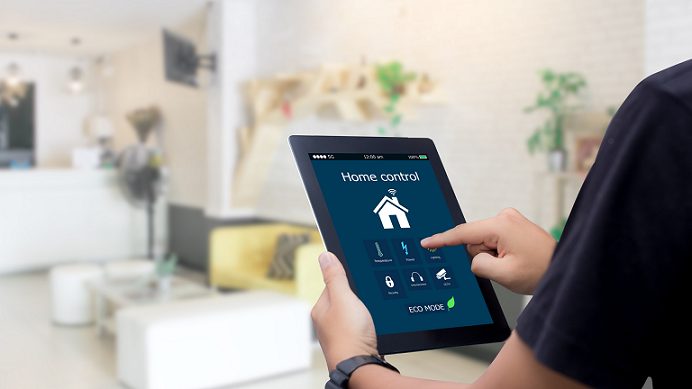
Buildings used to be inanimate structures — but no longer. The advent of conversation-friendly buildings injects life into the membranes of homes (present and future).
In terms of possible developments in technology, 5G will enable an era of connectivity like never before from autonomous driving, tactile internet, immersive technologies and next-generation IoT (internet of things) applications.
The internet of things describes physical objects that are embedded with sensors, processing ability, software and other technologies that connect and exchange data with other devices and systems over the internet or other communications networks.
This is also true of the built environment, which is increasingly helping its users to connect smartly, efficiently and more productively.
The rise of conversation-friendly buildings
As society transforms, powerful trends are reshaping businesses; driving new technologies, shifting our needs and changing human behaviour.
Global think-tank FutureScope explores the complex journey from innovation to commercial success on a global scale.
Even as far back as 2010, FutureScope reported that architects using sound-mapping software developed at Cardiff University in Wales could see the noisy hot spots where conversations in a room might become unintelligible.
By altering room shapes and materials, they will be able to make meeting spaces, open-plan offices, and even cafes more compatible for conversations.
The construction of smart buildings, technology-based structures that improve efficiency, helps to achieve objectives that benefit both the user and the environment.
Sharing and integrating data between building systems enables the value of the combined smart building to be greater than the sum of its parts.
The reality
On a broad scale, these smart-building aims have been realised at the National Grid in the UK (to improve the utilisation of buildings within the estate) and at the University of Technology Sydney (to synchronise air conditioning with a room-booking platform).
Next-generation technology and artificial intelligence are also being utilised in our homes via pre-programmable applications and platforms (from self-locking and opening mechanisms to robotics-based domestic aids, including AI wardrobe choice assistance and grocery shopping reminders).
When used smartly and wisely, advancing the breadth of technologies such as these frees up invaluable time and ultimately enhances our quality of life.



